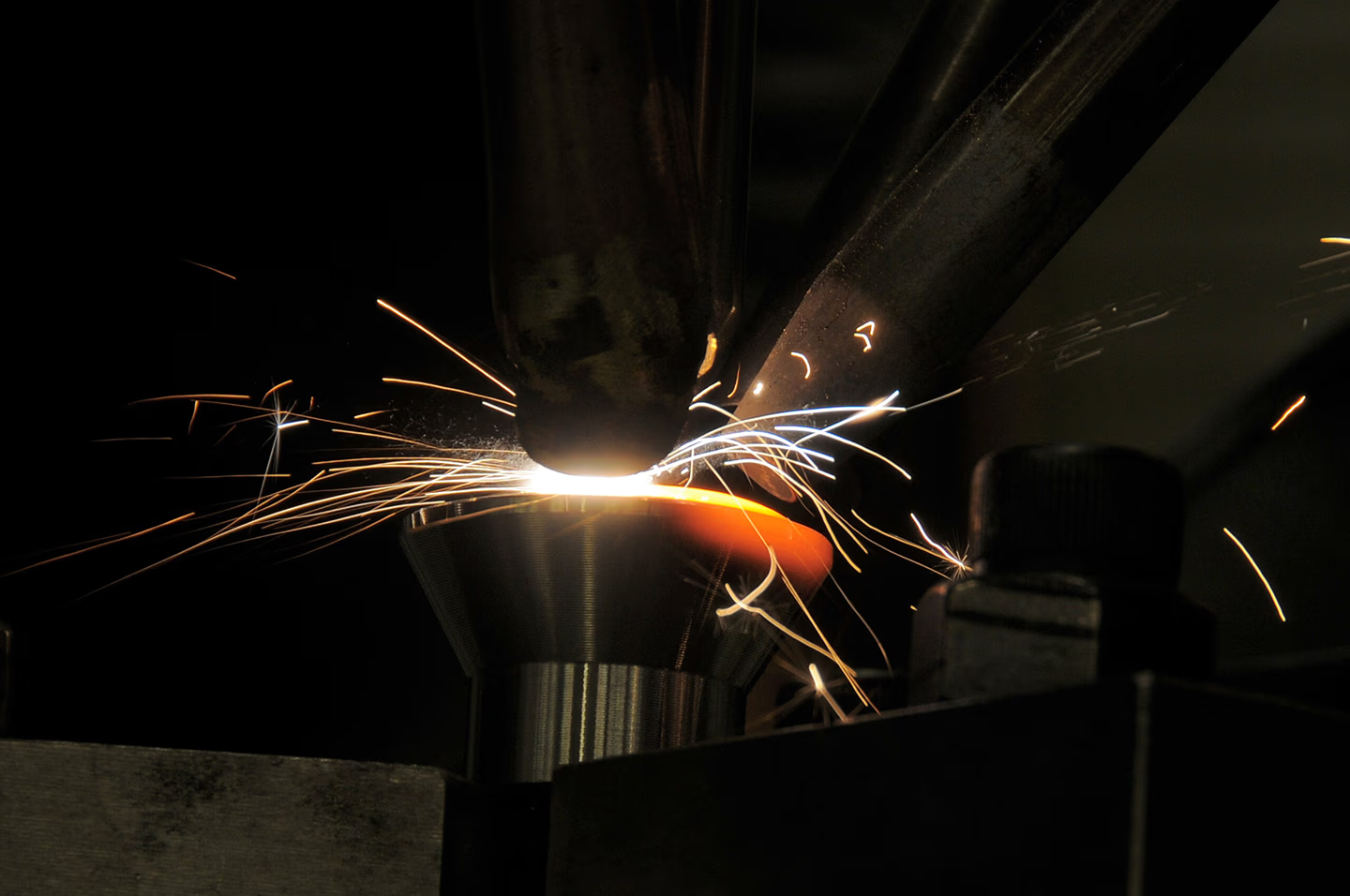
Manufacturing & Industry 5.0
Whether you are a factory operator, process engineer, or industrial innovator, you must deliver precision, flexibility, and productivity while reducing defects, energy use, and downtime. Photonics — the science and technology of light — gives you powerful tools to achieve this, from ultra-precise manufacturing to real-time monitoring, predictive maintenance, and adaptable, smart production systems.
Photonics offers endless possibilities
Discover how you can:
- Optimise fabrication yields through smart in-line monitoring systems
- Increase product quality in laser-based machining through advanced dynamic beam shaping
- Reduce overall costs of energy, material and maintenance through advanced photonics sensors
And so much more!

How photonics can support your innovation
Photonics is a key digital technology enabling a transition towards fast, green (sustainable) and flexible manufacturing. Quality control of manufactured parts can become a non-destructive online capability, driven by the integrated use of photonic sensor technology for process parameter monitoring. Laser-based manufacturing with free choice of energy distribution will allow functional changes and design features to be implemented flexibly, with complex multiscale features and multidimensional geometrical arrangements which are not possible with conventional manufacturing methods.

How photonics is applied in Manufacturing & Industry 5.0
Curious how photonics can support your operations? These examples show how light-based technologies are already at work in manufacturing — enabling more accurate, efficient, and intelligent production.
Apply for innovation support
Laser-based 3D printing, welding, cutting
Use high-precision laser beams to build, join, or cut materials with exceptional accuracy and minimal waste.
High power laser systems for manufacturing
Provide reliable, energy-dense light sources for heavy-duty tasks such as metal processing and large-scale production.
Selective etching
Remove material at a microscopic level with laser or light-based techniques to create fine details or functional surfaces.
Computer vision systems for quality control and in-line inspection
Analyse products in real time using cameras and optical sensors to detect defects and ensure consistent quality.
Sensors for preventive maintenance
Monitor machines with optical sensors to detect early signs of wear or failure, reducing unplanned downtime.
High sensitivity sensors for manufacturing
Measure temperature, strain, vibration, or chemical changes with extreme accuracy to optimise production processes.
Tailored Industry 5.0 sensors and equipment
Integrate advanced optical sensing and automation tools to enable human-centred, adaptive, and collaborative production.
Micro- and nano fabrication
Use light-based processes to create ultra-small structures and components for electronics, optics, and high-tech devices.
Smart textiles
Incorporate optical fibres and sensors into fabrics to create responsive, data-driven materials for industrial and wearable use.
Virtual prototyping
Employ photonics-based scanning and visualisation tools to design, test, and refine products before manufacturing.















